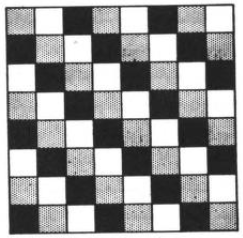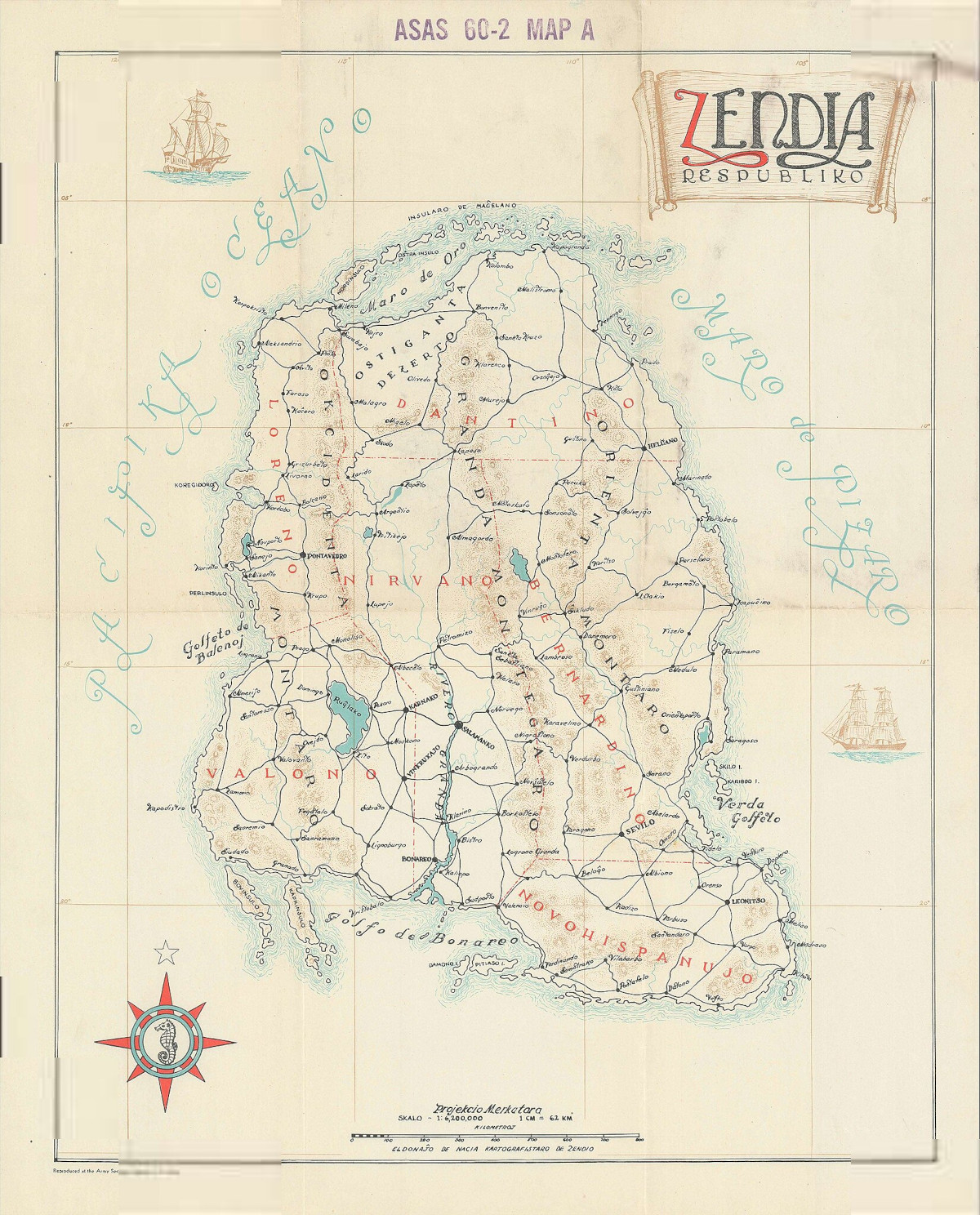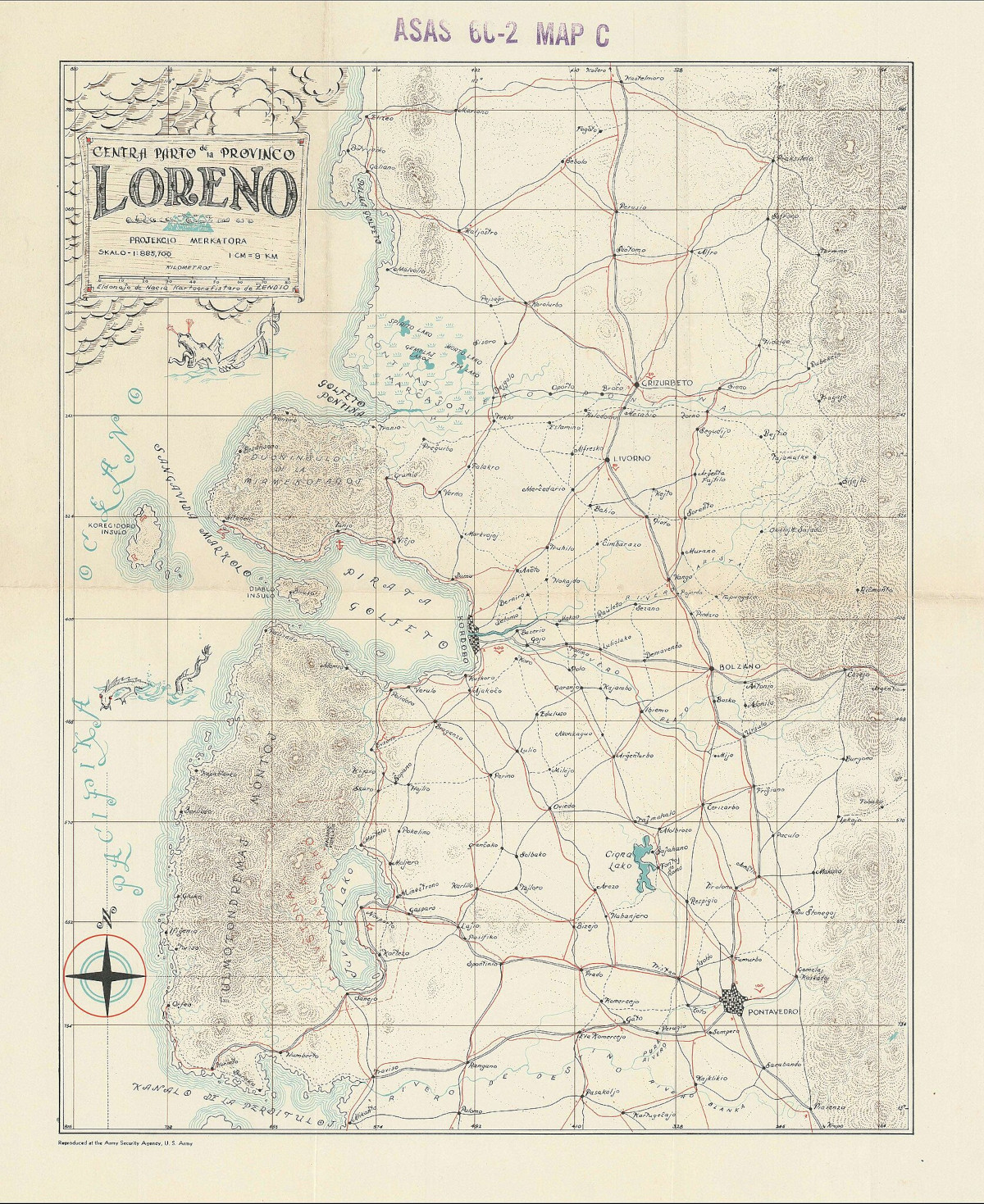Victorian riddler (and Bishop of Winchester) Samuel Wilberforce offered this conundrum:
I have a large Box, with two lids, two caps, three established Measures, and a great number of articles a Carpenter cannot do without. – Then I have always by me a couple of good Fish, and a number of a smaller tribe, – besides two lofty Trees, fine Flowers, and the fruit of an indigenous Plant; a handsome Stag; two playful animals; and a number of a smaller and less tame Herd: – Also two Halls, or Places of Worship; some Weapons of warfare; and many Weathercocks: – The Steps of an Hotel; The House of Commons on the eve of a Dissolution; Two Students or Scholars, and some Spanish Grandees, to wait upon me.
All pronounce me a wonderful piece of Mechanism, but few have numbered up the strange medley of things which compose my whole.
Lewis Carroll seems to have loved it — he circulated copies to his friends and published this solution in 1866:
The Whole — is Man.
The Parts are as follows.
A large Box — The Chest.
Two lids — The Eye lids.
Two Caps — The Knee Caps.
Three established Measures — The nails, hands and feet.
A great number of articles a Carpenter cannot do without, — Nails.
A couple of good Fish — The Soles of the Feet.
A number of a smaller tribe — The Muscles (Mussels).
Two lofty Trees — The Palms (of the hands).
Fine Flowers — Two lips, (Tulips), and Irises.
The fruit of an indigenous Plant — Hips.
A handsome Stag — The Heart. (Hart).
Two playful Animals — The Calves.
A number of a smaller and less tame Herd — The Hairs. (Hares).
Two Halls, or Places of Worship — The Temples.
Some Weapons of Warfare — The Arms, and Shoulder blades.
Many Weathercocks — The Veins. (Vanes).
The Steps of an Hotel — The Insteps. (Inn-steps).
The House of Commons on the eve of a Dissolution — Eyes and Nose. (Ayes and Noes).
Two Students or Scholars — The Pupils of the Eye.
Some Spanish Grandees — The Tendons. (Ten Dons).












